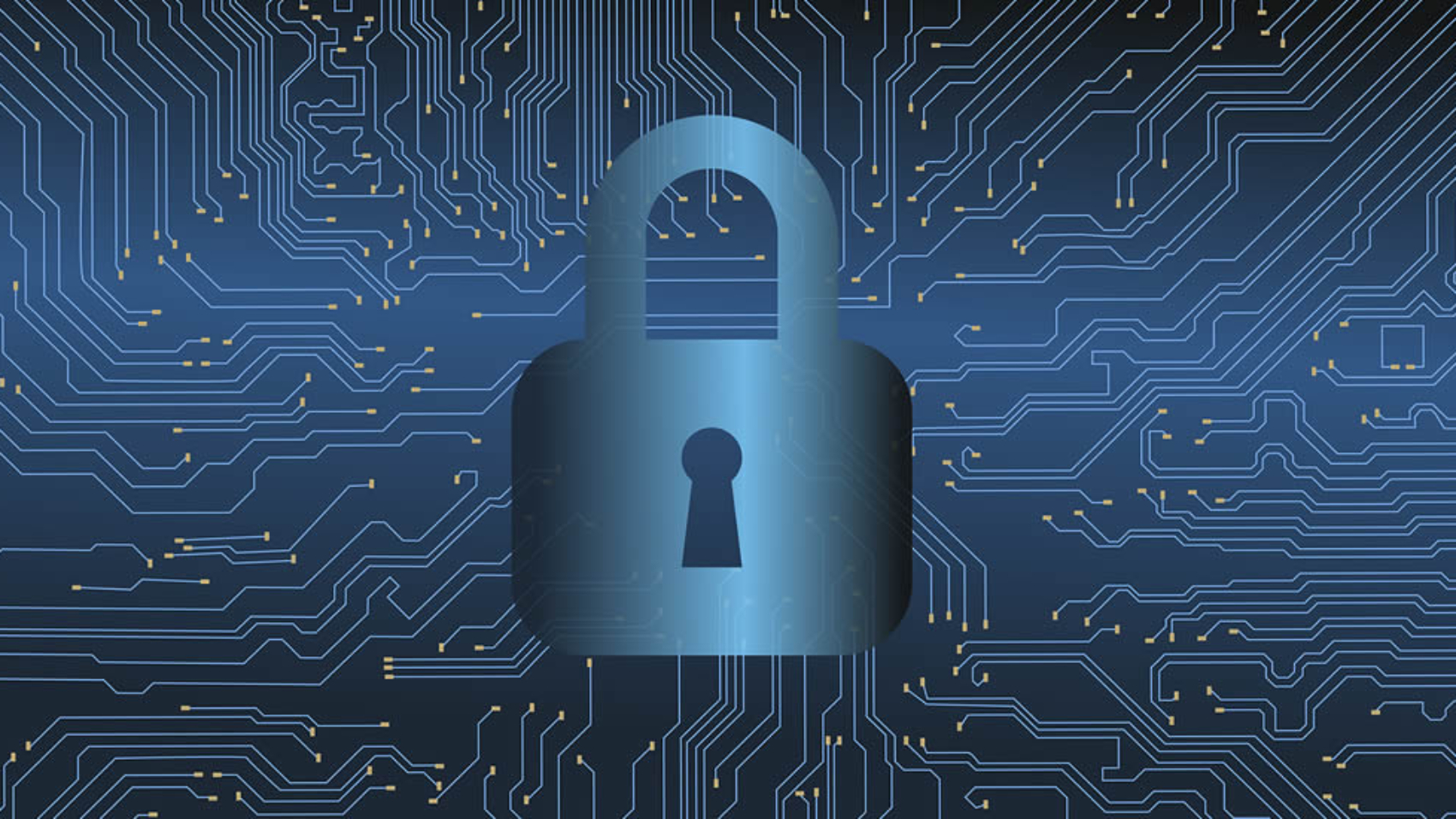In the rapidly evolving landscape of information technology, ensuring security is of utmost importance. Organizations across the globe face the challenge of ensuring that the IT products and systems they use are not only efficient but also robustly secure. This is where Common Criteria comes into play—a globally recognized standard designed to evaluate and certify the security features of these crucial technologies.
What is Common Criteria?
Common Criteria, officially known as ISO/IEC 15408, stands as an international standard that provides a systematic and standardized framework for evaluating and certifying the security features of information technology products and systems. Providing a universal language for articulating security requirements, it simplifies the process of assessing and comparing the security capabilities of different products.
What Does it Provide?
- Security Assurance: In an era where cyber threats grow increasingly sophisticated, organizations seek confidence in the security of the IT products they depend on. Common Criteria provides a structured and thorough process for evaluating security, helping organizations make informed decisions about the technologies they adopt.
- Global Recognition: With the interconnected nature of today’s global economy, products and services often surpass national borders. Common Criteria’s emphasis on mutual recognition allows organizations to trust the security certifications of products, even if they come from different regions. This promotes international trade and collaboration.
- Risk Mitigation: Common Criteria assists organizations in identifying and mitigating potential security risks associated with IT products. By undergoing a standardized evaluation, vulnerabilities and weaknesses can be identified and addressed, contributing to overall risk management strategies.
- Interoperability and Compatibility: Common Criteria promotes interoperability by providing a common standard for expressing and evaluating security requirements. This ensures that products from different vendors can work seamlessly together, reducing compatibility issues and enhancing overall system effectiveness.
- Establishing Trust: For both vendors and consumers, trust is paramount. The certification under Common Criteria serves as tangible proof of a product’s dedication to security. This, in turn, builds trust between vendors and consumers, especially in sectors where the stakes are high, such as finance, healthcare, and defense.
- Ensuring Continuous Improvement: Common Criteria is a dynamic framework that evolves to meet the challenges of emerging threats and technologies. This adaptability ensures that the standard remains relevant, providing organizations with a tool to address new vulnerabilities and security considerations as they arise.
In conclusion, Common Criteria is a key player and has a fundamental role in the efforts to establish and maintain a secure digital environment. It provides a consistent and widely accepted method for assessing the security features of information technology products and systems on a global scale. Common Criteria empowers organizations to make informed decisions, confidently choose secure IT products, fosters trust in the global marketplace, and ultimately contributes to a more secure and interconnected world.

